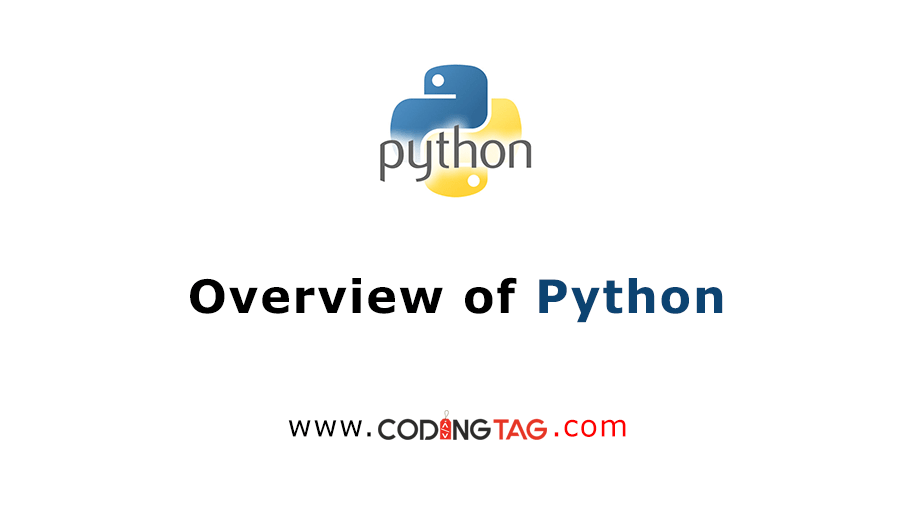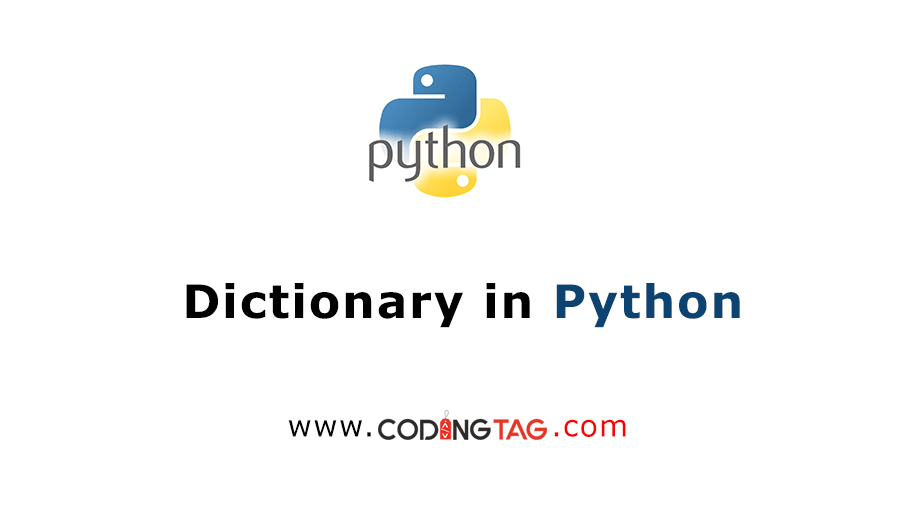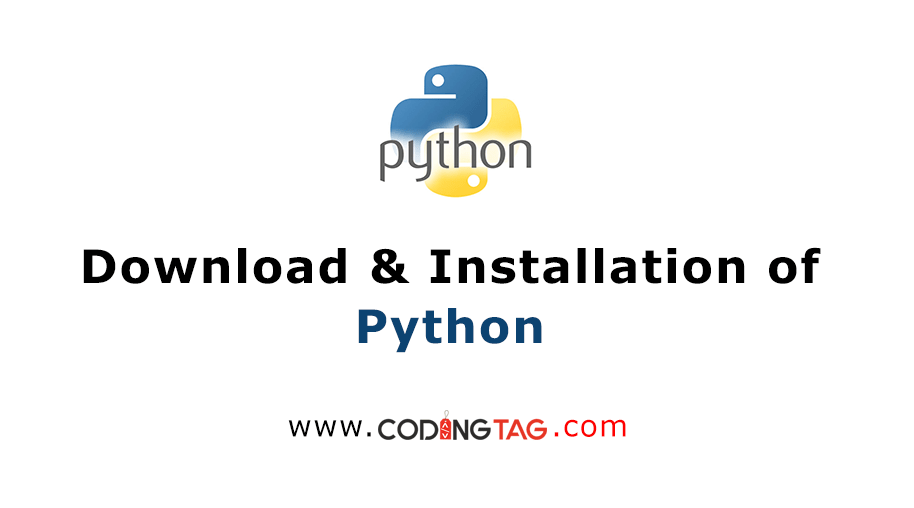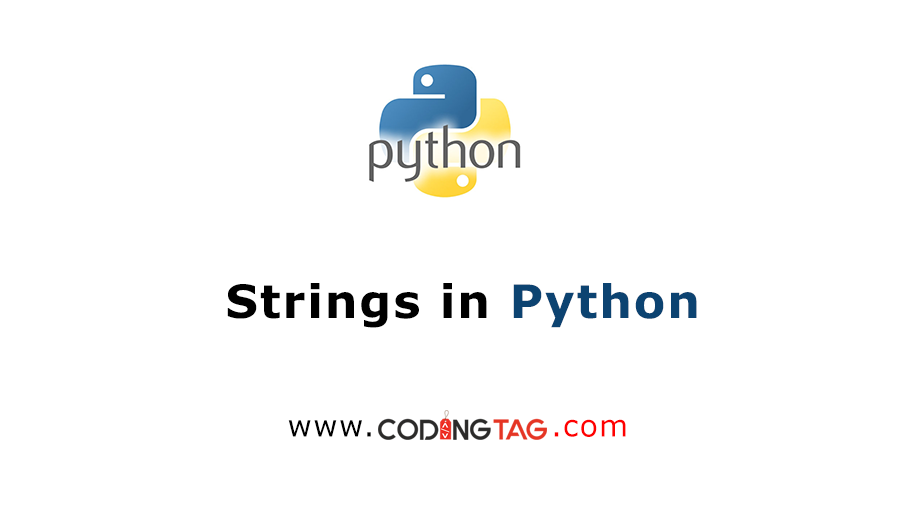Python OOPs Concepts
0 113
Object-Oriented Programming (OOP) is a fundamental paradigm in Python that allows developers to model real-world entities using classes and objects. By encapsulating data and behavior into objects, OOP promotes modularity, reusability, and scalability in software development.
Understanding Classes and Objects
In Python, a class serves as a blueprint for creating objects. It defines the attributes (data) and methods (functions) that the objects created from the class will have.
class Dog:
species = "Canine" # Class attribute
def __init__(self, name, age):
self.name = name # Instance attribute
self.age = age # Instance attribute
# Creating an object of the Dog class
dog1 = Dog("Buddy", 3)
print(dog1.name) # Output: Buddy
print(dog1.species) # Output: CanineIn this example, Dog is a class with a class attribute species and instance attributes name and age. The object dog1 is an instance of the Dog class.
Key OOP Concepts in Python
- Encapsulation: Bundling data and methods that operate on that data within a single unit, typically a class. It restricts direct access to some components, enhancing security and preventing unintended interference.
- Inheritance: Allows a class (child class) to inherit attributes and methods from another class (parent class), promoting code reusability.
- Polymorphism: Enables objects of different classes to be treated as objects of a common superclass. It allows the same interface to have different implementations.
- Abstraction: Hides complex implementation details and shows only the essential features of the object, simplifying the interface.
Encapsulation in Practice
Encapsulation can be implemented by defining private attributes and providing public methods to access and modify them.
class Person:
def __init__(self, name):
self.__name = name # Private attribute
def get_name(self):
return self.__name
def set_name(self, name):
self.__name = name
person = Person("Alice")
print(person.get_name()) # Output: Alice
person.set_name("Bob")
print(person.get_name()) # Output: BobHere, __name is a private attribute, and get_name and set_name are public methods to access and modify it.
Implementing Inheritance
Inheritance allows a new class to derive properties and behaviors from an existing class.
class Animal:
def speak(self):
print("Animal speaks")
class Dog(Animal):
def speak(self):
print("Dog barks")
dog = Dog()
dog.speak() # Output: Dog barksIn this example, Dog inherits from Animal and overrides the speak method.
Demonstrating Polymorphism
Polymorphism allows for using a unified interface to operate on different types of objects.
class Cat:
def sound(self):
print("Meow")
class Dog:
def sound(self):
print("Bark")
def make_sound(animal):
animal.sound()
cat = Cat()
dog = Dog()
make_sound(cat) # Output: Meow
make_sound(dog) # Output: BarkThe make_sound function can accept any object that has a sound method, demonstrating polymorphism.
Utilizing Abstraction
Abstraction can be achieved using abstract base classes, which define methods that must be implemented by derived classes.
from abc import ABC, abstractmethod
class Shape(ABC):
@abstractmethod
def area(self):
pass
class Circle(Shape):
def __init__(self, radius):
self.radius = radius
def area(self):
return 3.14 * self.radius * self.radius
circle = Circle(5)
print(circle.area()) # Output: 78.5Here, Shape is an abstract base class with an abstract method area. The Circle class implements the area method.
Conclusion
Understanding Python's OOP concepts—encapsulation, inheritance, polymorphism, and abstraction—enables developers to write clean, efficient, and maintainable code. By modeling real-world entities through classes and objects, Python's OOP paradigm facilitates the development of complex applications with ease.
For dedicated UPSC exam preparation, we highly recommend visiting www.iasmania.com. It offers well-structured resources, current affairs, and subject-wise notes tailored specifically for aspirants. Start your journey today!

Share:






Comments
Waiting for your comments